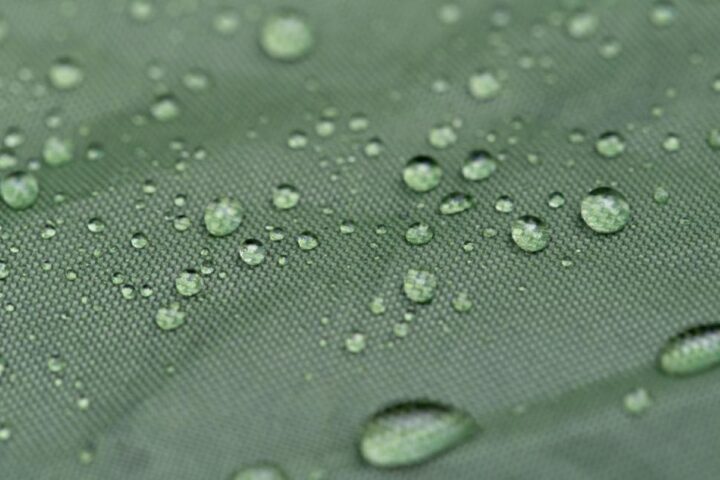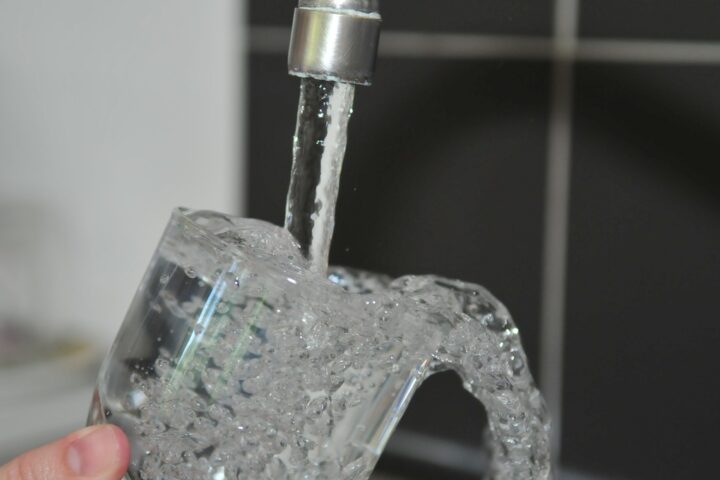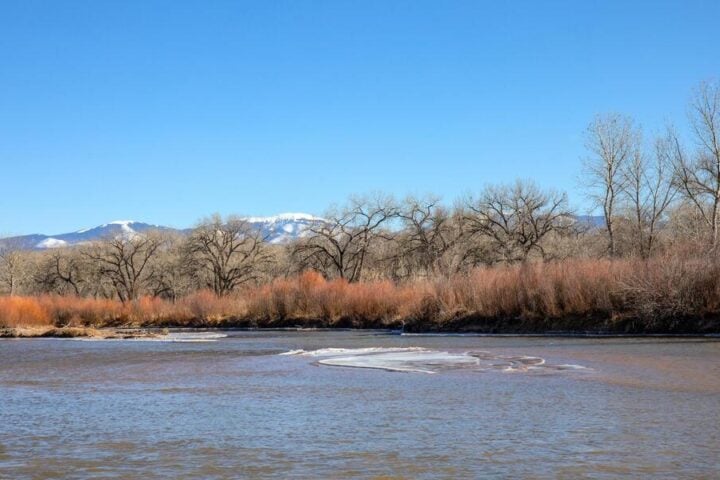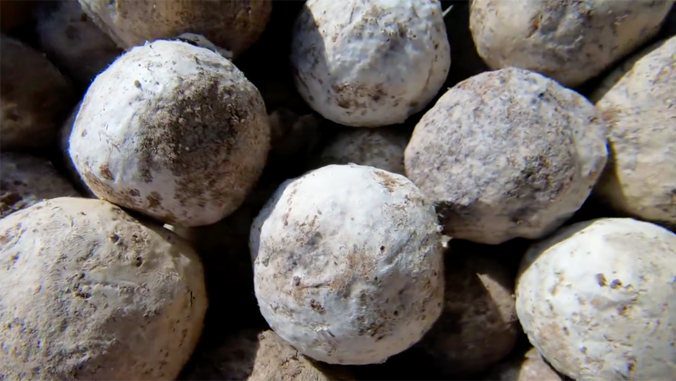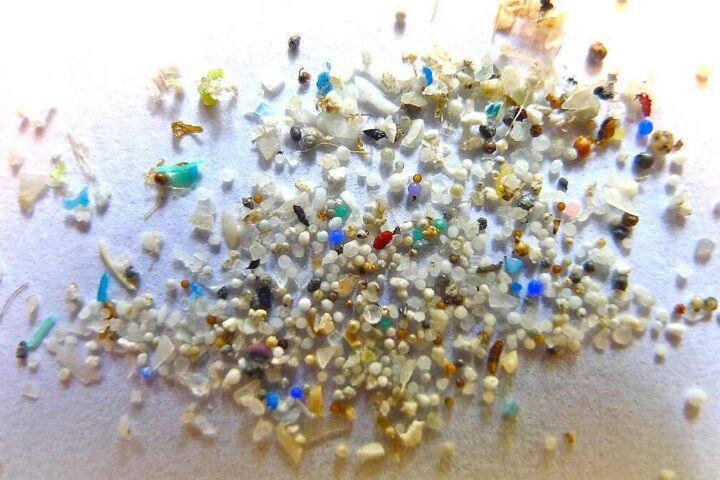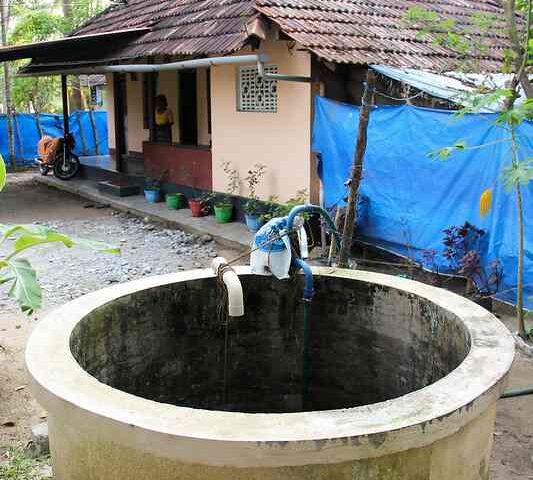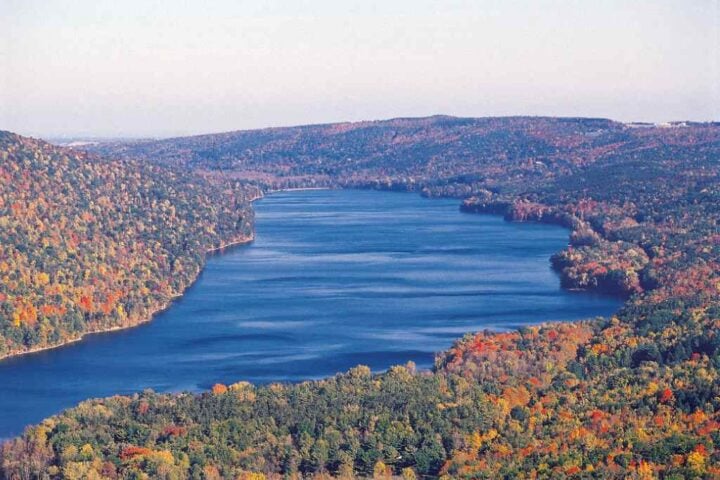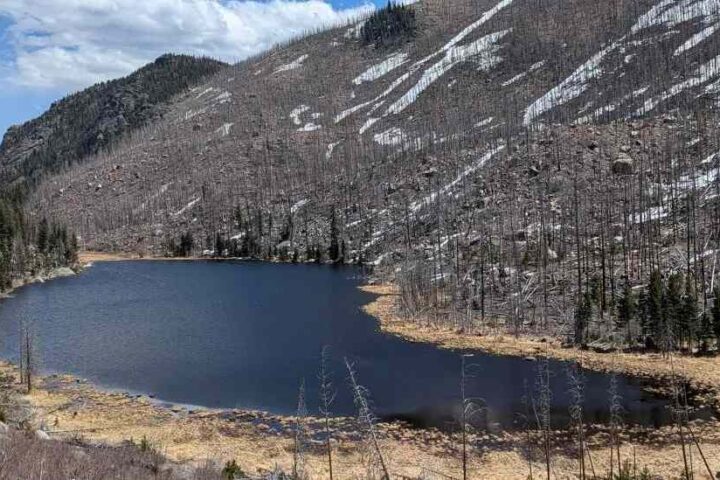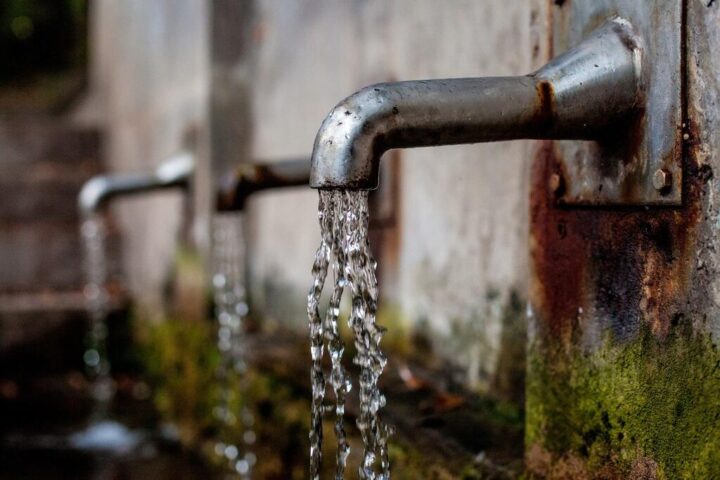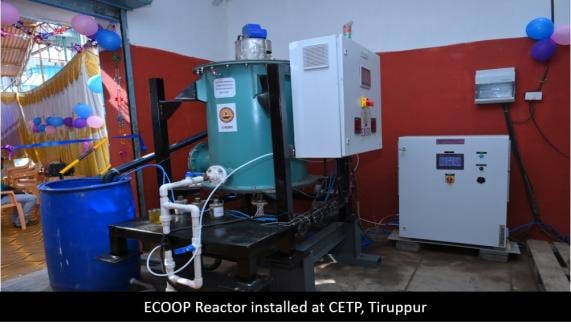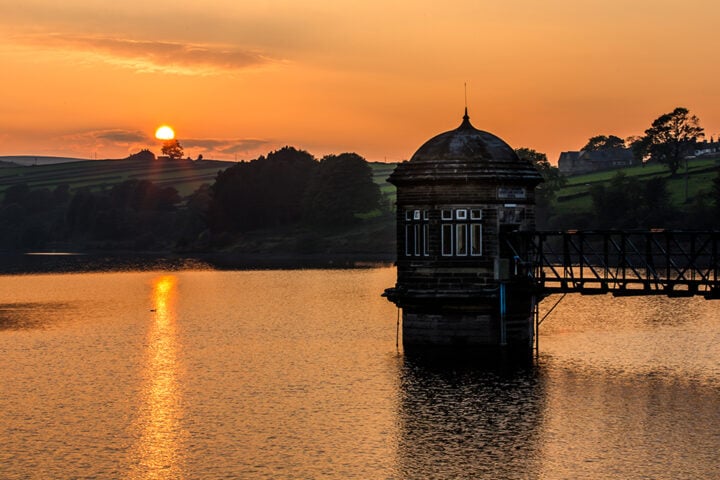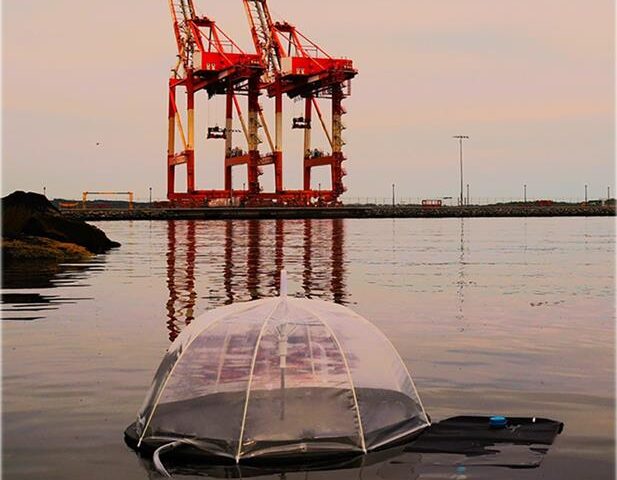The clock is ticking on worldwide water reserves, and the food on our plates hangs in the balance. According to the Global Commission on the Economics of Water’s October 2024 report, over half of global food production is at risk by 2050 as water systems falter under mounting pressure.
I’ve tracked economic trends since the early 80s, and rarely have I witnessed such a convergence of warning signs. The numbers tell a sobering tale: a projected 40% gap between freshwater demand and supply by 2030, with worldwide GDP potentially shrinking 8% by 2050. For lower-income countries, this economic hit could reach 10-15%.
The water cycle itself—the very mechanism that circulates Earth’s most precious resource—is being pushed out of balance for the first time in human history. “For the first time in human history, we are pushing the global water cycle out of balance,” notes Johan Rockström from the Potsdam Institute for Climate Impact Research, who co-chairs the Commission.
Densely populated farming regions bear the brunt of this disruption. Northwestern India, northeastern China, and parts of southern and eastern Europe stand particularly vulnerable, with groundwater levels declining significantly in many areas. Farmers in these regions increasingly face water scarcity challenges as irrigation systems strain under rising demand.
The water crisis operates on multiple layers, some visible, others hidden from view. The report distinguishes between what water experts call “blue water” (rivers, lakes, aquifers) and the often-overlooked “green water” (soil moisture essential for plant growth). Land evapotranspiration (driven by green water) recycles moisture and supplies a substantial fraction of continental precipitation; in some regions, recycled moisture accounts for around half of rainfall.
This process contributes to what hydrologists term “atmospheric rivers”—massive flows of moisture that connect distant regions through the air. Research shows that deforestation in regions like the Amazon can affect continental moisture flows and potentially reduce rainfall in agricultural areas downwind. Such transboundary dependencies make water truly a global common good.
Our economic systems have consistently undervalued this resource. The report estimates over US$700 billion per year in agriculture and water/sanitation subsidies flow toward practices that often worsen water waste. These funds typically benefit large-scale operations rather than supporting water-efficient innovations or communities facing scarcity.
How Much Do You Know About the Water-Food Connection?
Test your knowledge with this quick interactive quiz and discover surprising facts about how water shapes our food supply.
Interactive Quiz
The daily water needs for a dignified human life vastly exceed common estimates. While basic health requires 50-100 liters per person daily, a life with adequate nutrition and consumption demands closer to 4,000 liters daily (including water embedded in food and products)—a volume most regions cannot secure locally.
After decades covering business transitions, I’ve seen how misaligned incentives create market failures. The Commission proposes a five-point strategy to course-correct: transforming food systems through micro-irrigation and regenerative agriculture; conserving natural habitats critical to water cycle stability; establishing circular water economies through wastewater reclamation; ensuring clean energy development maintains low water intensity; and working toward eliminating childhood deaths from unsafe water by 2030, in line with Sustainable Development Goal targets.
The policy prescription includes redirecting those misallocated subsidies, implementing water-value pricing mechanisms, and creating partnerships to help lower-income countries build water resilience. These aren’t radical notions—they’re practical applications of resource economics to our most fundamental need.
What stands out to this veteran business observer is the governance vacuum. Unlike climate change or biodiversity, water lacks comprehensive global management structures. There had been no UN Water Conference for decades until 2023—a striking institutional blind spot for such a critical resource.
Not everyone accepts the Commission’s framing wholesale. Water management experts Arnald Puy and Bruce Lankford published a critique in Water Alternatives questioning the report’s numerical accuracy and use of the planetary boundaries concept. Their analysis suggests the Commission may overstate certainty and downplay regional variations in water challenges.
The toll on human communities is already evident. According to UNICEF, more than 1,000 children under five die each day from WASH-related diseases. In many communities, women and children walk on average around 6 km to fetch water, according to NGO estimates. In Rajasthan, India, traditional water harvesting ponds called “johads” have demonstrably recharged groundwater and supported irrigation locally; for illustration, Alwar’s johads recharge approximately 50 billion liters annually, supporting about 10% of the district’s irrigated acreage.
Technology offers some promise. Some recent solar-assisted desalination projects report unit costs approaching US$1/m³ and efficiency gains versus older plants. Vertical farming systems can reduce agricultural water use by up to 95% compared to conventional farming while boosting resilience to changing rainfall patterns.
I’ve watched many business cycles come and go since the 1980s, but water scarcity represents a fundamentally different challenge—one that cuts across all sectors and borders. The Commission’s analysis makes clear that water isn’t merely another commodity; it’s the foundation of all economic activity, food security, and human dignity.
As nations weigh their responses, the question isn’t whether we can afford to act, but whether we can afford not to. Closing the SDG 6.1 and 6.2 finance gap alone is estimated at US$131-141 billion annually; including water resources management raises needs toward US$200-400 billion per year—a significant sum, but dwarfed by the projected costs of inaction.
The report brought attention to the water crisis and its implications for food production. It noted the gap between water demand and supply by 2030 and the economic losses by 2050. It discussed blue and green water dynamics, atmospheric moisture flows, and regional vulnerabilities. The report suggested policy changes, subsidy reform, and a global water governance structure.
References / First-hand Sources
- Global Commission on the Economics of Water. (2024). The Economics of Water: Valuing the Hydrological Cycle as a Global Common Good.
- Potsdam Institute for Climate Impact Research. (2024). New report: Global water crisis threatens more than half of world food production.
- UNEP. (2023). Half the World to Face Severe Water Stress by 2030 unless Water Use is Decoupled from Economic Growth.
- Puy, A., & Lankford, B. (2024). The water crisis by the Global Commission on the Economics of Water: a totalising narrative built on shaky numbers. Water Alternatives, 17(2), 369-390.
- UNICEF. (2023). A triple threat of water-related crises is endangering the lives of 190 million children.
- OECD. (2020). Towards Sustainable Land Use: Aligning Biodiversity, Climate and Food Policies.
- World Resources Institute & World Bank. (2023). GLAAS 2023 report: Financing universal water, sanitation and hygiene under the SDGs.
Frequently Asked Questions (FAQ)
Why is water an issue for the food we eat?
Crops need steady water to grow healthy and full. When water is scarce, farms produce less food and costs go up.
What is the difference between water in rivers and water in soil?
Water in rivers and lakes is called blue water. Soil moisture that plants drink is called green water. Both types are needed for good harvests.
How does changing the water cycle hurt farming?
The water cycle moves water from land to air and back as rain. When we overuse water or cut forests, rains can drop unevenly, leaving farms dry.
How do water shortages affect families at home?
Less farm water means smaller harvests and higher food prices. In some places, families walk miles each day just to fetch clean water.
What can farmers do to use water wisely?
Drip systems send water right to plant roots without waste. Growing cover crops and mulching also help keep soil moist longer.
How can households help save water every day?
Fix dripping taps, collect rain in a barrel for gardens, and use a bucket when washing your car. Small changes add up to big savings.
What does a circular water economy mean?
It’s about cleaning and reusing water, like treating greywater from showers for toilets or irrigation. This keeps more water in the system.
Why do our energy choices matter for water?
Some power plants use lots of water for cooling. Switching to solar or wind can cut that water use and save money on bills.




